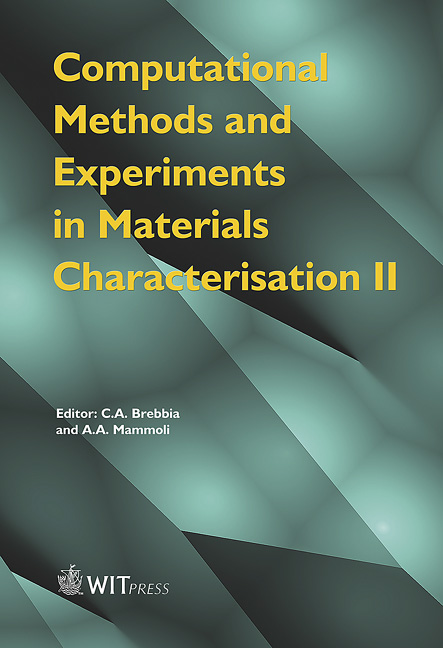Micromechanical Study Of Green Wood Subjected To Mode I Fracture
Price
Free (open access)
Transaction
Volume
51
Pages
10
Published
2005
Size
1,579 kb
Paper DOI
10.2495/MC050121
Copyright
WIT Press
Author(s)
S. Vasic & S. Stanzl-Tschegg
Abstract
The importance of environmental effects on the structural performance of wood has been known for ages, moisture being the most pronounced degradative effect that needs to be taken into account at different levels of wooden structure durability. Moisture content has an effect on many mechanical and physical properties below the fiber saturation point. The results presented herein focus on the chracterisation of fracture mechanisms and properties of softwoods and hardwoods at the highest moisture content around the fiber saturation point, where wood can be regarded as a poroelastic fluid-saturated media. Small wooden specimens were subjected to opening fracture mode I loading with the wedge-splitting loading stage which allows for in-situ real-time ESEM investigations. Fracture responses are reported for four different wood species tested ex situ, and fracture parameters such as total fracture energy are discussed related to two fracture directions RL and RT. It is concluded that micro-study provides valuable evidence on the change of fracture mechanism with wood species and fracture orientation. Keywords: wood, fracture, ESEM, moisture, poroelasticity, fluid-saturated media, crack. 1 Introduction In the living tree, wood contains large quantities of water. As green wood dries, most of the water is removed. The moisture remaining in wood tends to come to equilibrium with the relative humidity of the surrounding air. Moisture moves by
Keywords
wood, fracture, ESEM, moisture, poroelasticity, fluid-saturated media, crack.





